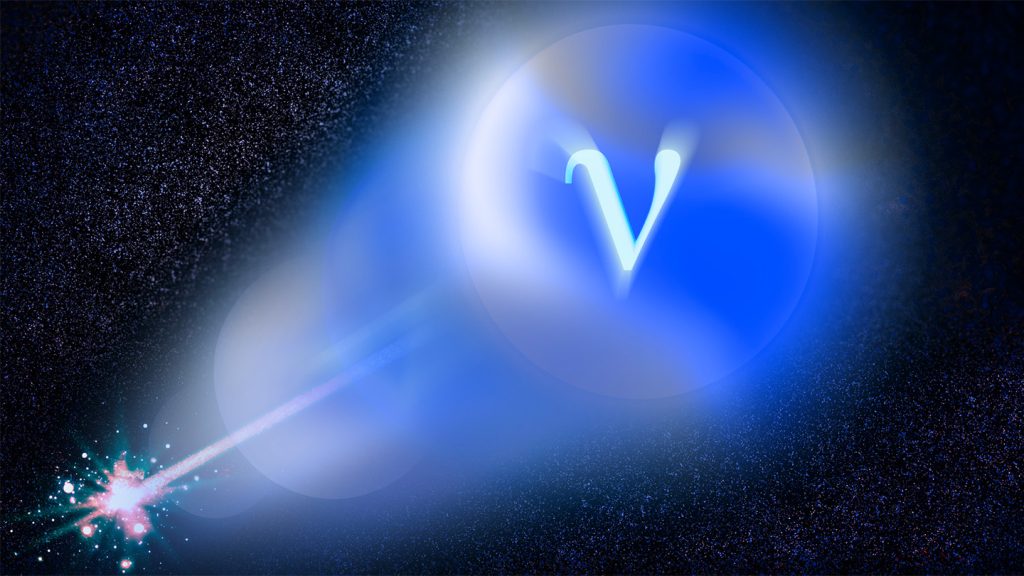Laser Beams Made of Neutrinos: The Next Frontier in Particle Physics
The ghostly subatomic particles known as neutrinos have always been something of an enigma in physics. These tiny, nearly massless particles pass through almost everything in their path, making them notoriously difficult to detect, let alone control. Every second, trillions of neutrinos from the sun pass through your body without leaving a trace. This elusive nature has earned neutrinos the nickname “ghost particles,” fascinating scientists since their theoretical prediction in 1930 and their eventual detection in 1956. Despite decades of research, manipulating neutrinos has remained a challenge that has seemed insurmountable – until now. Recent theoretical work suggests something that sounds like science fiction: we might be able to create laser beams made of neutrinos. This revolutionary concept could transform our understanding of particle physics and open new avenues for communication and sensing technologies that currently exist only in the realm of imagination.
The idea of a neutrino laser builds upon the well-established principles of conventional lasers, which work by stimulating atoms to emit photons in a synchronized manner. However, adapting this concept to neutrinos presents extraordinary challenges due to their weak interactions with matter. Unlike photons, which readily interact with atoms, neutrinos typically pass through entire planets without notice. The breakthrough came when physicists realized they could potentially exploit an unconventional approach involving quantum entanglement and special materials that can interact with neutrinos under extreme conditions. The proposed system would use a specially designed medium where neutrinos could be temporarily captured and then released in a coordinated fashion, creating what physicists call “coherent emission” – the hallmark of laser light, but with neutrinos instead of photons. While still theoretical, this approach represents a radical departure from traditional methods of studying these elusive particles.
What makes this potential technology so revolutionary is that neutrino beams would have properties that no other form of radiation possesses. Unlike electromagnetic waves, which are blocked by dense materials, neutrino beams would travel virtually unimpeded through matter – passing through the entire Earth as easily as light passes through a window. This unique penetrating ability could enable communication systems that work where all other methods fail: through the core of planets, through dense stellar matter, or across vast cosmic distances without the signal degradation that plagues conventional communications. Scientists speculate that advanced civilizations might even use neutrino lasers as a preferred method of interstellar communication, as these beams would remain coherent across light-years of space and would be distinguishable from natural neutrino sources, creating a potential new avenue for SETI (Search for Extraterrestrial Intelligence) research.
The path to creating a neutrino laser faces formidable technical hurdles. Current neutrino detectors are massive underground installations filled with thousands of tons of liquid, and they still only capture a tiny fraction of the neutrinos passing through them. A functional neutrino laser would require breakthroughs in both generating and directing these particles with precision never before achieved. Researchers are exploring exotic materials that exhibit enhanced interactions with neutrinos under specific quantum conditions. Superconducting materials, quantum metamaterials, and even specially designed nuclear isomers are being investigated as potential neutrino laser media. The energy requirements would be enormous, likely requiring dedicated power plants just to operate the device. Despite these challenges, theoretical physicists remain optimistic, pointing to how the conventional laser was once considered equally impossible before its invention in 1960, moving from theoretical curiosity to world-changing technology in just a few decades.
If successful, neutrino lasers would revolutionize fields far beyond fundamental physics. In medicine, they could potentially enable new forms of imaging that could look through the human body with unprecedented detail and without harmful radiation. In geology and planetary science, they could provide a way to map the interior structure of Earth with precision impossible with current seismic techniques. The most dramatic applications might be in communications: a neutrino communication system would be completely secure from interception, as no known technology could “tap” a neutrino beam without disturbing it. Military strategists have already noted that submarines using neutrino communications could never be cut off from command centers, regardless of depth or surrounding material. For space exploration, neutrino lasers might serve as the ultimate navigation beacons, providing precisely aligned reference signals that could be detected anywhere in the solar system or beyond.
The quest to create a neutrino laser exemplifies humanity’s enduring drive to master the fundamental forces of nature. What begins as a seemingly impossible theoretical concept often becomes the foundation for technologies that transform society. The laser itself was once considered an “invention looking for a purpose” but now touches nearly every aspect of modern life from medicine to manufacturing. Similarly, the neutrino laser represents not just a technical challenge but a philosophical one: can we truly control what seems inherently uncontrollable? As scientists continue to push the boundaries of quantum physics, the line between the impossible and the inevitable continues to shift. Whether neutrino lasers become reality in ten years or fifty, the pursuit itself drives innovation and expands our understanding of the universe’s most fundamental particles. The ghost particles may not remain ghosts forever – they may become messengers carrying our signals to the stars.















